Archives
- 2025-12
- 2025-11
- 2025-10
- 2025-09
- 2025-03
- 2025-02
- 2025-01
- 2024-12
- 2024-11
- 2024-10
- 2024-09
- 2024-08
- 2024-07
- 2024-06
- 2024-05
- 2024-04
- 2024-03
- 2024-02
- 2024-01
- 2023-12
- 2023-11
- 2023-10
- 2023-09
- 2023-08
- 2023-07
- 2023-06
- 2023-05
- 2023-04
- 2023-03
- 2023-02
- 2023-01
- 2022-12
- 2022-11
- 2022-10
- 2022-09
- 2022-08
- 2022-07
- 2022-06
- 2022-05
- 2022-04
- 2022-03
- 2022-02
- 2022-01
- 2021-12
- 2021-11
- 2021-10
- 2021-09
- 2021-08
- 2021-07
- 2021-06
- 2021-05
- 2021-04
- 2021-03
- 2021-02
- 2021-01
- 2020-12
- 2020-11
- 2020-10
- 2020-09
- 2020-08
- 2020-07
- 2020-06
- 2020-05
- 2020-04
- 2020-03
- 2020-02
- 2020-01
- 2019-12
- 2019-11
- 2019-10
- 2019-09
- 2019-08
- 2019-07
- 2019-06
- 2019-05
- 2019-04
- 2018-11
- 2018-10
- 2018-07
-
Even with all of the subunits
2022-05-18
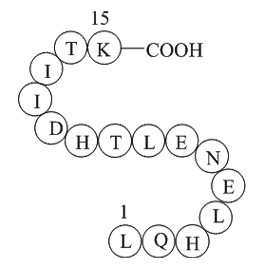
Even with all of the subunits present, the complex must also be correctly assembled for the enzyme to function properly. The complex is first assembled in the endoplasmic reticulum, with NCT and APH-1 binding together. They form the initial scaffold, so full-length PS can attach itself, and finally
-
Sperm capacitation was negatively r p related with CR
2022-05-17
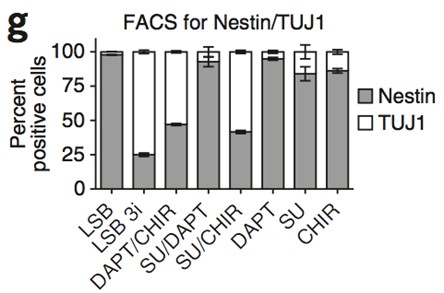
Sperm capacitation was negatively (r = −0.68; p ive but not significant (r = 0.22). No significant relationship was observed between the expression levels of either CB1 receptor or FAAH and any of the sperm quality parameters studied. The scatter plot distribution of spermatozoa expression of CB1 an
-
DIS used standard methods for locating and contacting
2022-05-17
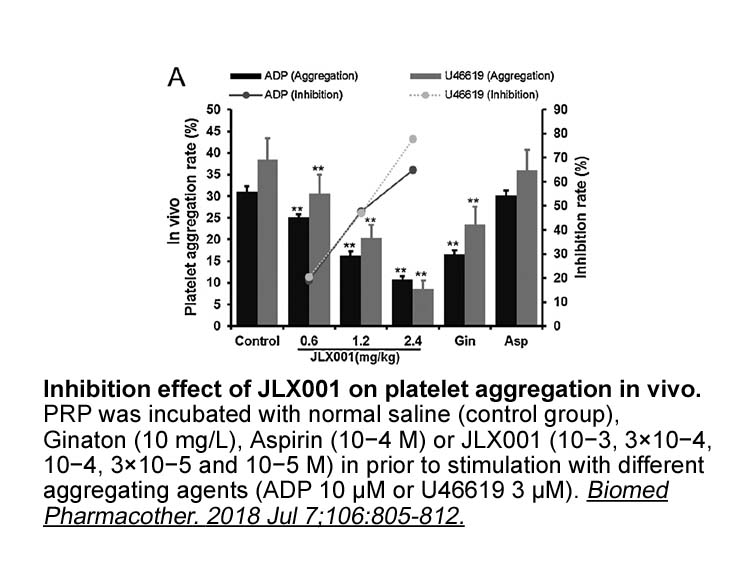
DIS used standard methods for locating and contacting persons for interview, including the use of phone calls, letters, in person contact, and contact through social media. During this time period, contacts of persons with diagnosed HIV (first-generation contacts) were tested for HIV and, regardless
-
br Materials and methods br Results
2022-05-17
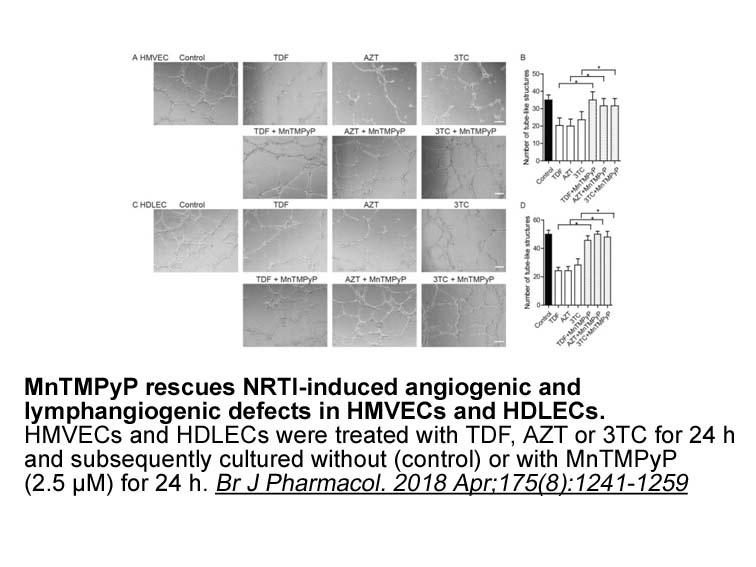
Materials and methods Results Discussion This was the first large study to quantify both total HIV DNA and integrated HIV DNA, which is the main persistent form of HIV [25,26], in samples collected during PHI, chronic infection, and at various time points until the AIDS stage, which was mad
-
In addition to lifestyle factors genetic
2022-05-17
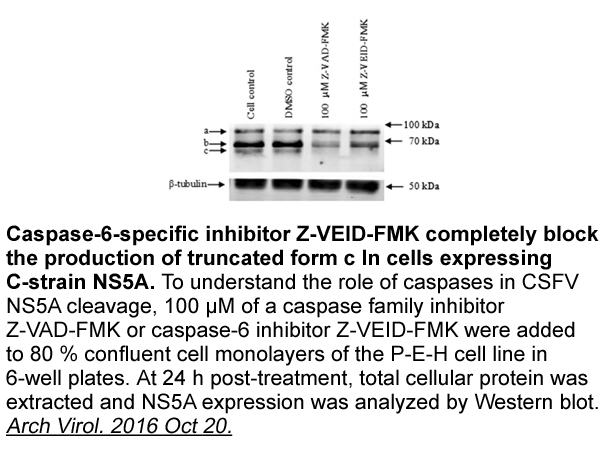
In addition to lifestyle factors, genetic factors may also influence the efficacy of antineoplastic drugs in breast cancer patients.16, 17 The HER2 gene contains several single nucleotide polymorphisms (SNPs). Two of the most investigated HER2 SNPs are Ile655Val (rs1136201) and Ala1170Pro (rs1058808
-
In conclusion re evaluation of
2022-05-17

In conclusion, re-evaluation of HER2 status is necessary to determine the appropriate use of anti-HER2–targeted therapy beyond disease progression. EGFR and c-met amplification, as well as PIK3CA mutation, are rarely associated with acquired resistance. Our results highlight the importance of formal
-
In our previous study we designed and
2022-05-17
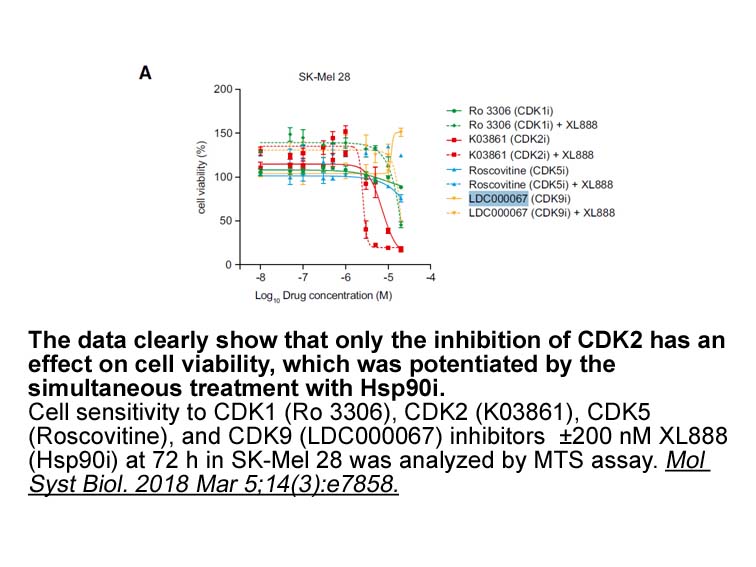
In our previous study, we designed and synthesized compounds of A series from the starting material 4-hydroxy-3-methoxycinnamic lrrk2 (ferulic acid). These compounds with R group being amino acid residues, fatty acyl group and sulfuryl group showed moderate HDAC inhibition and in vitro antitumor po
-
N-Acetylneuraminic acid A few animal and cell
2022-05-17
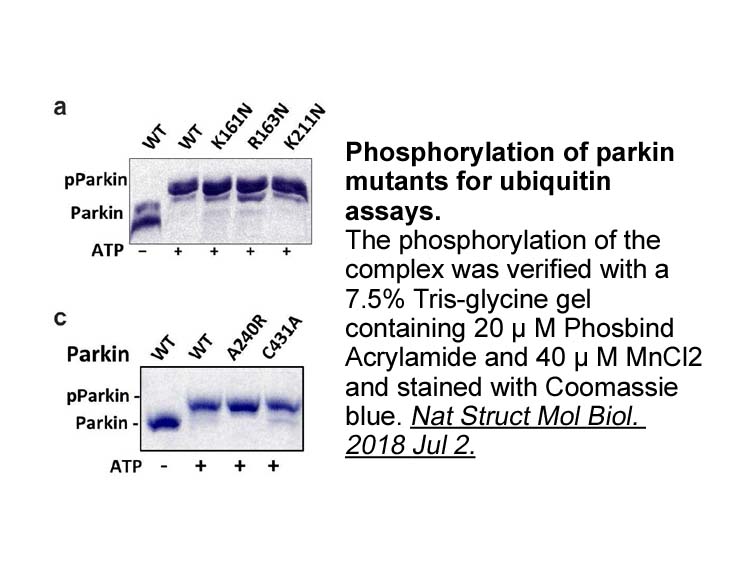
A few animal and cell culture studies have been reported that the reason of HCV-related hepatic steatosis in CHC infection is mainly HCV core protein (Chang et al., 2007; Perlemuter et al., 2002; Ferré, 2004). HCV core protein inhibits activities of microsomal triglyceride transfer protein (MTP) and
-
br Methods br Results and
2022-05-17
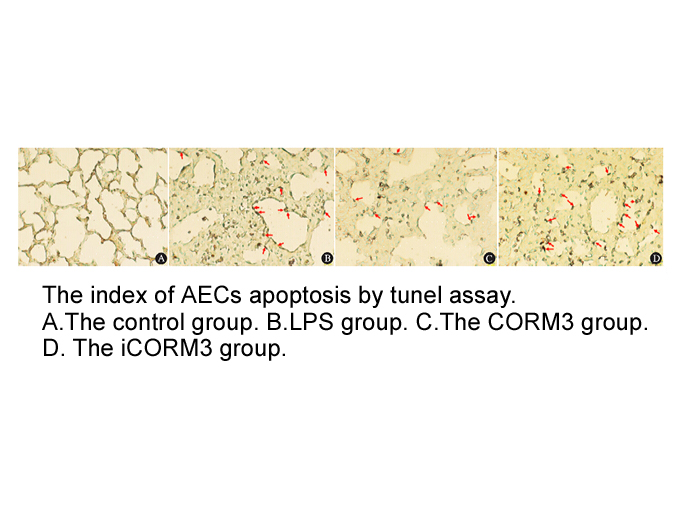
Methods Results and discussion Conclusions In this work, 100-ns MDSs were applied on the WT and on the R155K and D168A single point mutations of the NS3/4A protease in the apo form and in complex with ASV, a current drug in phase III clinical trials. According to the PCA, these two mutation
-
br Discussion The present study explored that the effect
2022-05-17
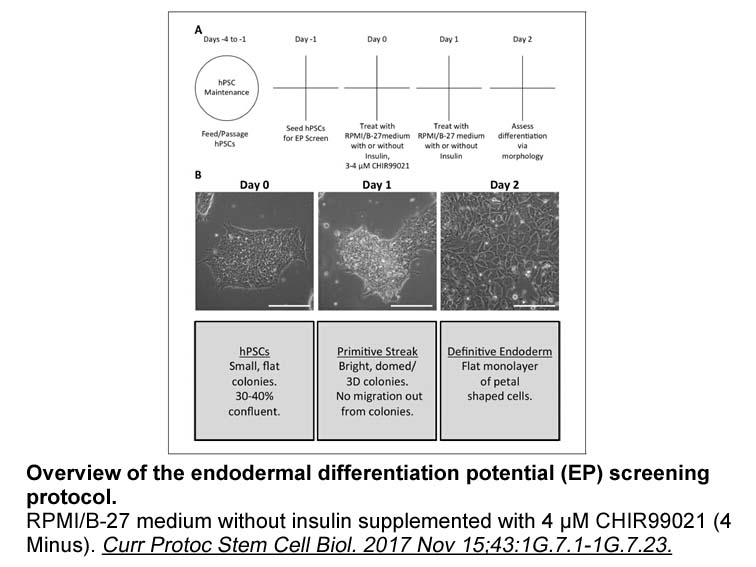
Discussion The present study explored that the effect of the MTP gene −493G/T polymorphism on the risk of hepatic steatosis in Turkish patients with chronic HCV genotype 1 infection. Some researchers revealed that the MTP gene −493G/T polymorphism was associated with hepatic steatosis in CHC infe
-
br Cellular directionality To obtain a
2022-05-17
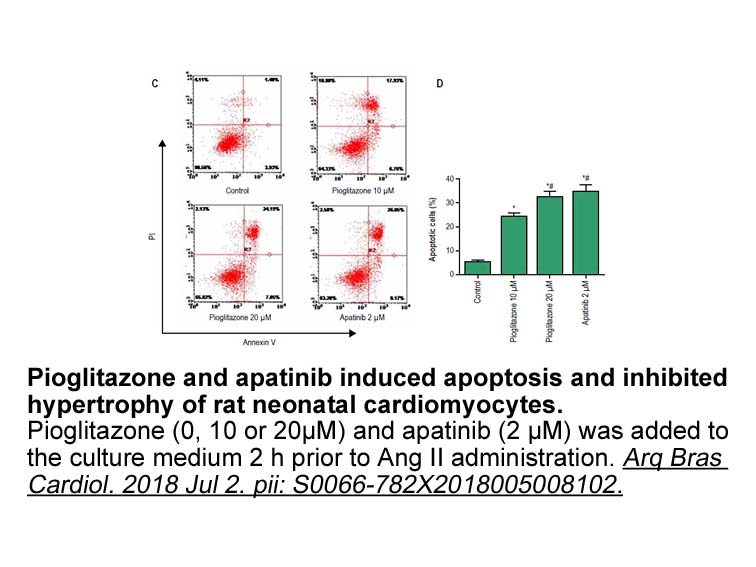
Cellular directionality To obtain a comprehensive understanding of cell migration, it is essential to understand how cues from the cell’s external environment are relayed to the CGP 55845 hydrochloride cytoskeleton, so the cell can migrate towards the cue; a process herein referred to as cellula
-
In this study we also investigated
2022-05-17
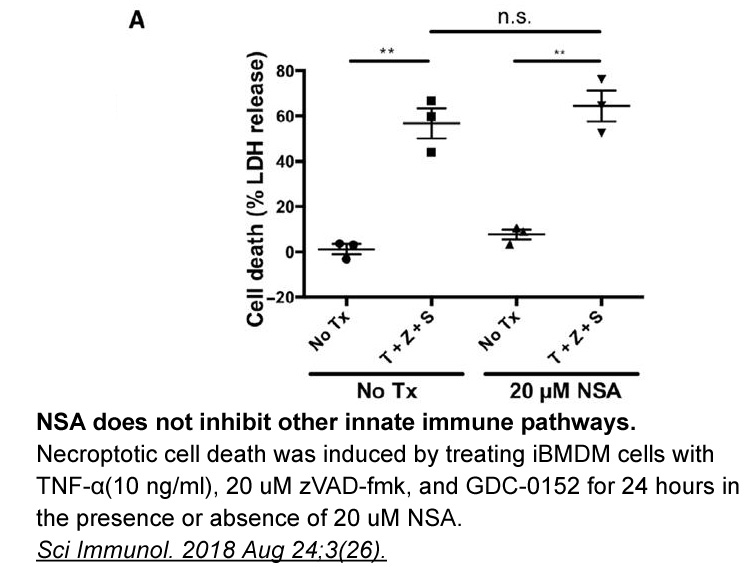
In this study, we also investigated the role of GST allopurinol zyloprim in relation to ASD. In univariable analyses, where the role of each GST gene (i.e., GSTM1, GSTT1, GSTP1) was individually assessed, we did not observe any significant associations between the GST genotypes and ASD. In contrast
-
br Conflict of interest statement br Acknowledgements RF is
2022-05-17

Conflict of interest statement Acknowledgements RF is supported by Pancreatic Cancer Research Fund (grant to MF); MF is supported by Prostate Cancer UK (PG12-23 and PG13-029). Background Lysophosphatidylinositol Molecular species and the biosynthesis of phosphatidylinositol, the precu
-
Apicidin In the present study we found
2022-05-17
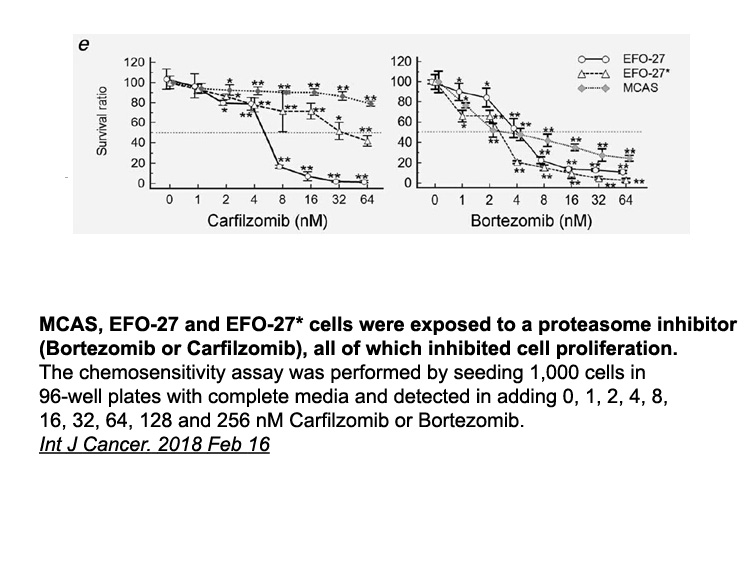
In the present study, we found that the expression of GPR120 in decidua from women of spontaneous abortion was significantly downregulated compared to the decidua from that of normal pregnancy. Moreover, GPR120 deletion (GPR120−/−) or inhibition predisposed mice to LPS or RU486 induced abortion, ind
-
DNA repair is essential for cell survival
2022-05-16
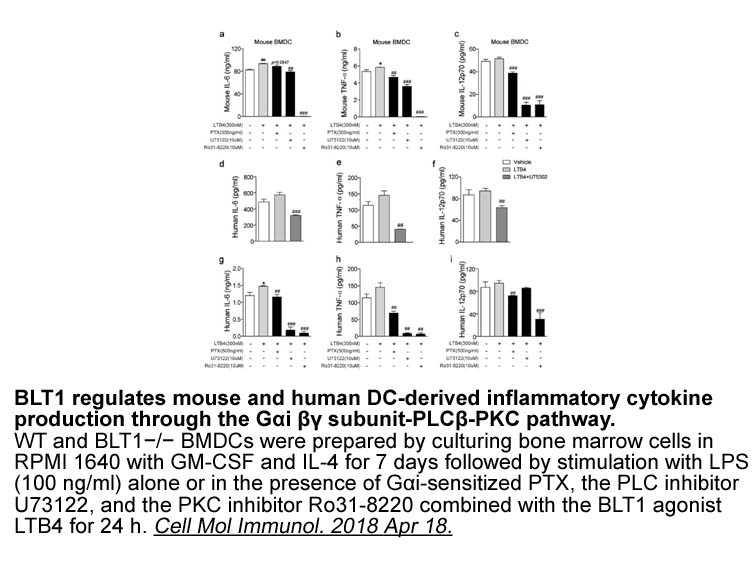
DNA repair is essential for cell survival and for tissue homeostasis given that cellular DNA is constantly challenged by various endogenous and exogenous genotoxic factors that generate DNA damage: structural and chemical modifications of a primary DNA sequence. Various organisms have evolved multip
16371 records 460/1092 page Previous Next First page 上5页 456457458459460 下5页 Last page